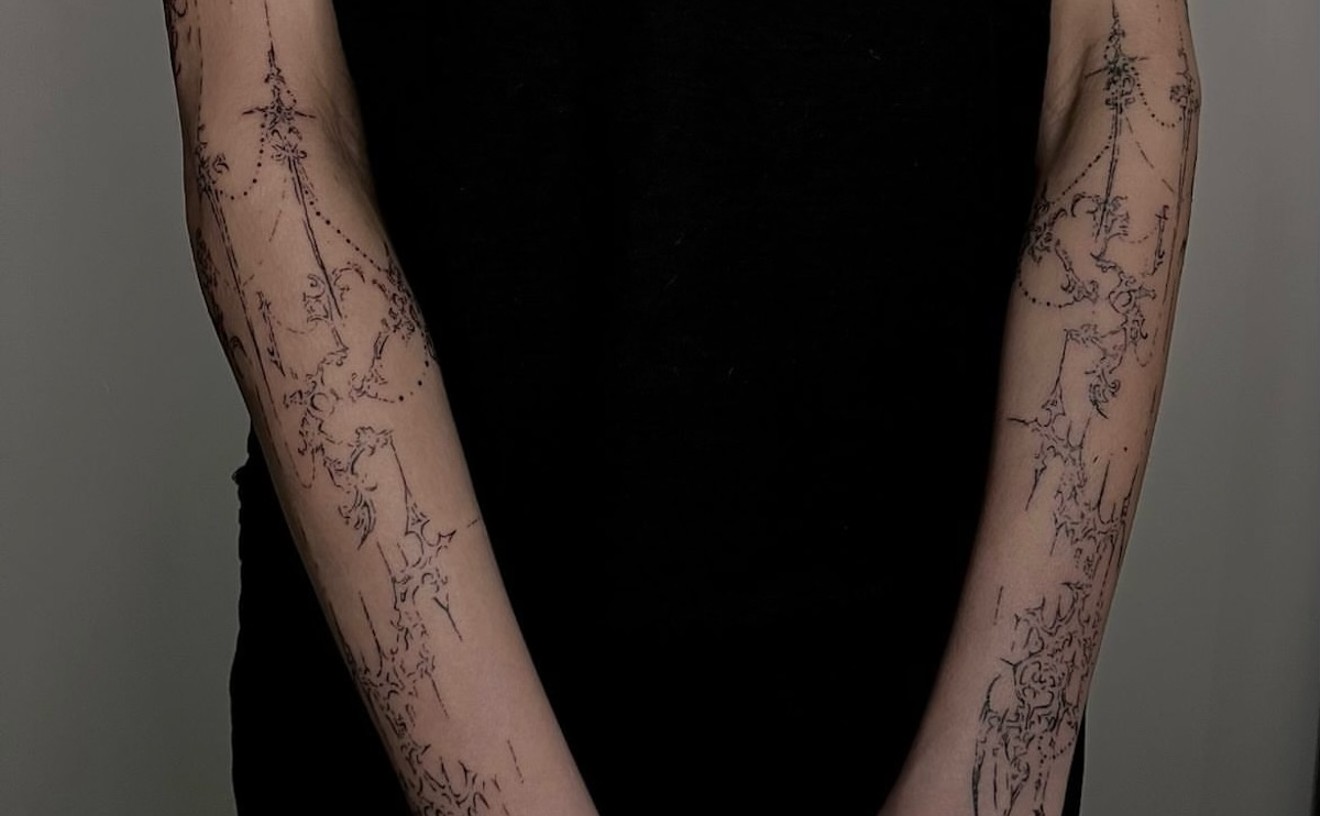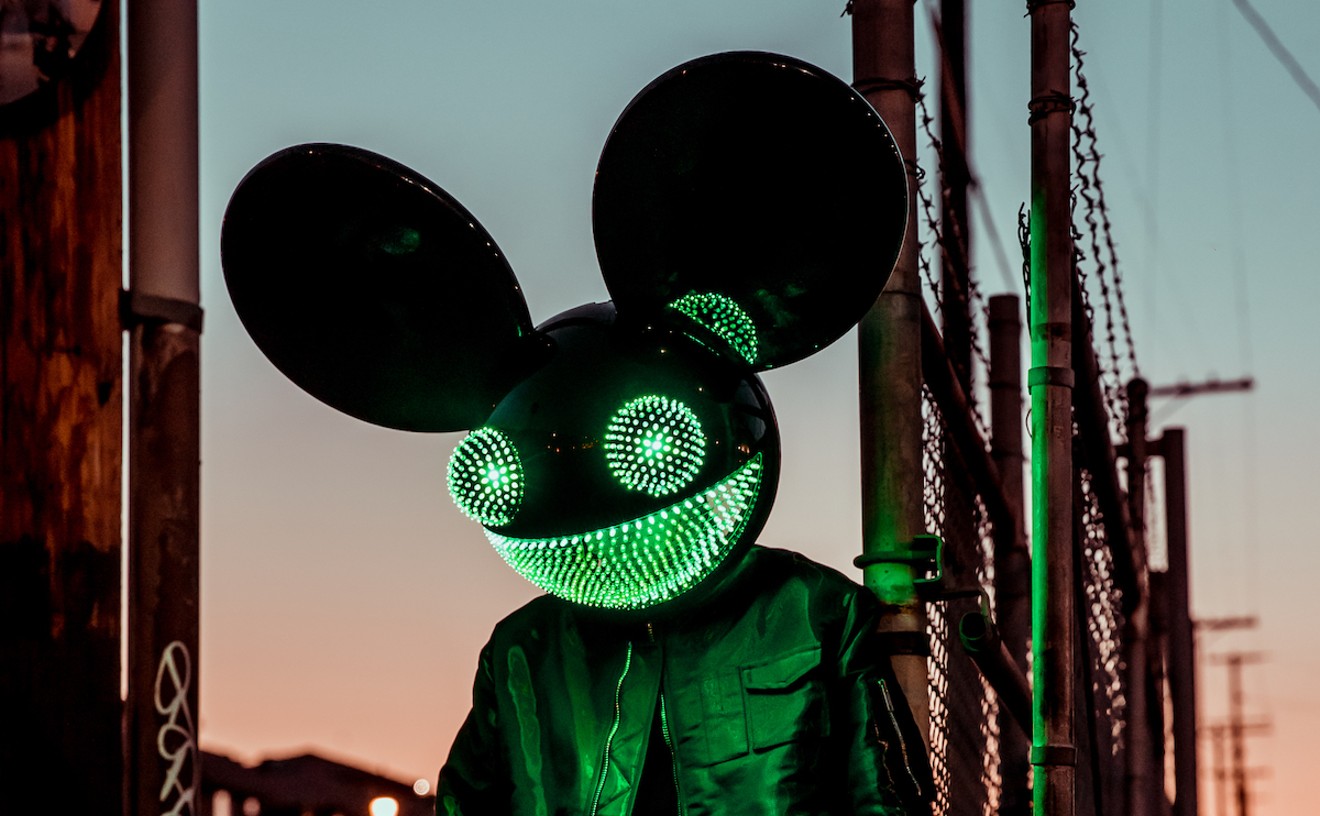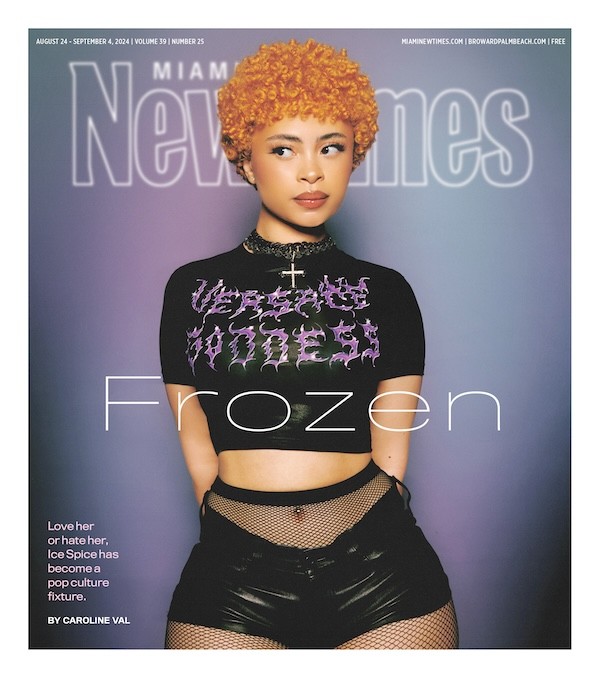In 1968, artist Ida Applebroog and her husband moved their four children from Chicago to California. Around that time, she became overwhelmingly depressed. "I took both my young sons, and I drove them, they helped me drive, to the zoo in San Diego. I didn't know what I was doing, except the two little boys would say, 'Oh, mom, there's a car in front of us. Oh, mom, there's a red light, a green light, go now,' " she recalls.
"We liked to watch the tortoises because they were always fucking, and it was a big thrill, especially for my boys, to see animals doing that. I liked watching them, too," she remembers with an irreverent chuckle. "I realized I had to get home the exact same way, with them telling me where I was going." Her situation was dire. Upon arriving home, she phoned her psychiatrist, and her husband drove her to the hospital.
She spent six weeks there, incoherent, painting with watercolors and drawing with ink in sketchbooks. "My doctor would see that I was doing all these drawings. He would talk to me about them, and at that point, I would start to communicate." She has no idea how many she did or how much time she spent on them. A year later, a series of sketches of her vulva, known as her "Vagina Drawings," also aided her in her eventual recovery.
But the works she made while institutionalized were buried for decades in a storage space. Recently, one of her assistants uncovered a box marked "Mercy Hospital" and brought it to her studio. "Voilà! There it was... over 100 drawings. And it was very, very interesting because I remember doing them, but I didn't remember what they looked like and what they were. It was like discovering a whole new piece of myself," Applebroog says. "It was sort of a shock to me... In fact, I didn't quite know who that person was." After some time, "I realized I could identify the different figures, what these pieces were about. I had context on them."
"Here it is totally intact, and that's quite nice."
tweet this
She later showed Alex Gartenfeld, the curator of Miami's Institute of Contemporary Art, the "Mercy Hospital" sketches as well as illustrations of imagined catastrophes. "Why don't we put those together?" she remembers Gartenfeld asking,
"I thought it was a wonderful idea, and that's exactly what we did," Applebroog says. Together, her hospital works and her imagined disasters, Catastrophes, became her upcoming exhibition at ICA, Miami, under the title "Mercy Hospital." She is excited this collection will be shown for the first time in its entirety. "It's very rare that you get [any work] to an institution with it not having been picked over already. Here it is totally intact, and that's quite nice."
"We are honored to be hosting Ida Applebroog's first U.S. museum exhibition in nearly two decades," Gartenfeld says, "and at a time when she is making incredible new work and reflecting on work from her past. She is a true legend whose explorations of the human condition and psyche have inspired generations." He says the five notebooks from her stay in the hospital are "delicate yet powerful; they represent some of Ida's most experimental work with line, as well as her channeling of abstraction and figuration as a kind of autobiography."
Though Applebroog didn't enter the contemporary art world until middle age, she has rounded up plenty of accomplishments — including a MacArthur Fellowship "Genius Grant." She's shown her art at such spaces as London's Serpentine Gallery and the Corcoran Gallery of Art in Washington, D.C. Her work is also owned by New York's Whitney Museum of American Art and the Metropolitan Museum of Art.
In conversation, her voice and words are honest and direct, reflecting the power gained during her long tenure on this planet — at 86, she's a dynamo. She has a kind demeanor with a forgiving laugh that makes conversing with her easy and familiar.
Her daughter, the underground no-wave filmmaker Beth B, recently turned her lens on her mother in the documentary Call Her Applebroog. The artist never dreamed she'd be alive to see the film, which is currently showing at Time and Space Limited in New York and, by the fall, will have screened in California, Ohio, and Miami. B's film reveals the underbelly of her mother's artistic intentions and showcases a selection of her creations; there are shadowbox puppets, comic strip-style drawings, and books that are each subtitled, "A Performance."
In one scene, Applebroog flips through one of those sparsely illustrated, self-published "Blue Books." The subject is both romantic and sexually charged. One of the two figures is headless (representing androgyny) and pantless; the other is nude on all fours, accompanied only by the words, "Don't you want me?" and "Say something." The blank pages, B says, are silent moments. It's about "what isn't being said."
Applebroog grew up Ida Applebaum (married name: Horowitz) in the Bronx in an Orthodox Jewish household. Her family, she says, was not talkative, and she was very shy. "The silence was very, very nurturing," she says. Perhaps this affinity for silence is what allows her works to say so much. Her inner life is
Applebroog took on her present moniker when she moved to New York at age 45. "The world was up in flames. People didn't understand that there was such a thing called feminism," she says. It was 1974, and she joined creative forces with the feminist journal Heresies: A Feminist Publication on Art and Politics. "It was an incredible thing for me at that point because I met a lot of women that were much younger than myself. I was actually probably the oldest woman there. Young women were just... trying to think of what feminism was about.
"I had a whole different thing going then as a young wife and mother of four children. When I came out of the '40s and '50s, people wanted women to go for a Mrs. degree, to get married, to take care of their children and their husband, and not to think about anything in terms of who they were and what they wanted to do in this world."
She also belonged to the Women's Action Coalition (WAC). "We used to go to courts where men [were on trial for raping] women with our placards outside... It was very important to do."
Applebroog sees newer generations interpreting feminism in their own way, addressing the political, social, and civil rights movements of the time. "For me, it's always been about how the world works and how power works. For women, it's extraordinarily important to figure out how power works," she surmises. "For me, art is so important that I always think that I am forgetting about the entire world. That's when I am in my studio. That's all that matters."
Applebroog recently told the New York Times that her next project will involve taxidermy; specifically, looking critically at John James Audubon's The Birds of America. "All my life, I've been learning all about Audubon — the wonderful things that he's done for birds for so many years. It suddenly occurred to me — which I feel is odd because I am very naïve — how on earth did he get those birds... when they landed? Then it suddenly hit me: He shot them first! At that point, I got angry, and so I decided to do this all about 'Angry Birds of America.' "
Applebroog will not be shooting any birds herself. "I have just been starting to get some bird
Ida Applebroog: "Mercy Hospital"
July 8 to October 30, Tuesday through Sunday 11 a.m. to 7 p.m. at the Institute of Contemporary Art, 4040 NE Second Ave., Miami. Call 305-901-5272, or visiticamiami.org.












